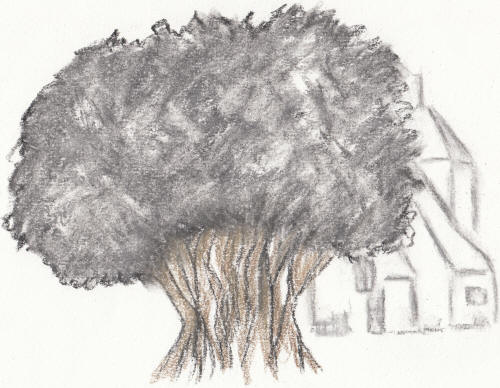
Ifield Parish Map
Lower Palaeolithic tool & flint find
The earliest evidence of humanoid habitation within the parish comes in the form of four Lower Palaeolithic hand axes and one flint flake found during a development in the Old Horsham Road some years ago. These finds date to roughly 180,000 years ago (some 140,000 years before Homo Sapiens are first seen in Europe) and would have belonged to either Homo Heidelbergensis, who were known to have roamed Sussex (also known as Boxgrove Man) or Homo Neanderthalensis (Neanderthal Man).
Also found at this site were multiple Mesolithic (6,000 - 12,000 years old) flint tools, including a tranchet axe and a Neolithic (4,300 - 6,000 years old) stone axe.
An 'Ancient Ifield' Exhibition was held at Crawley Museum between 5 June and 5 July 2025. The posters that were on display at this exhibition can be downloaded from here. The video that was shown, including a version with an alternative soundtrack, along with the trailer used to promote it can be viewed here.
Text & photographs © Ian Mulcahy. Yew tree and church image drawn by Wendy Townend. Contact photos@iansapps.co.uk or visit my 'Use of my photographs' page for licensing queries.